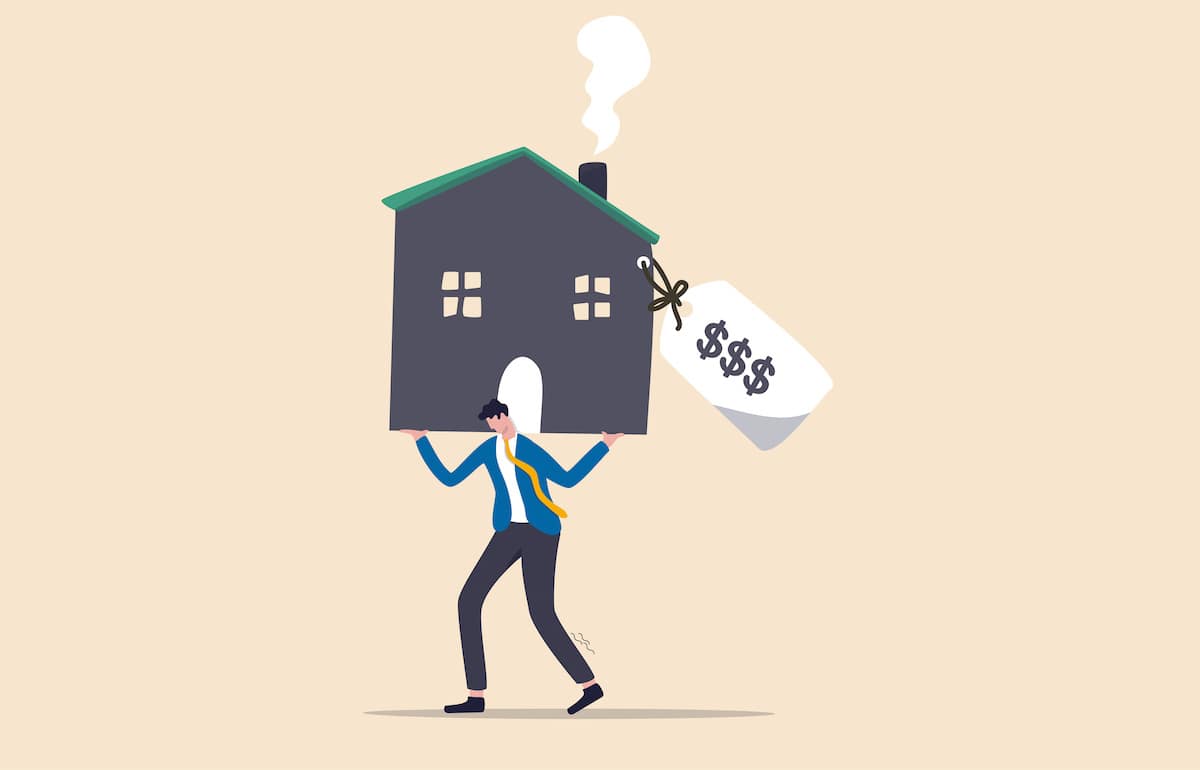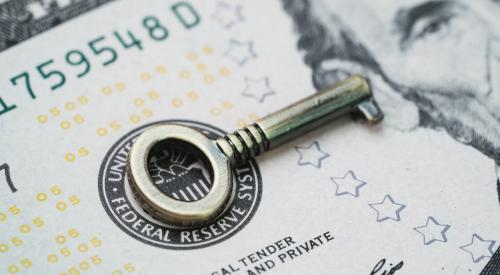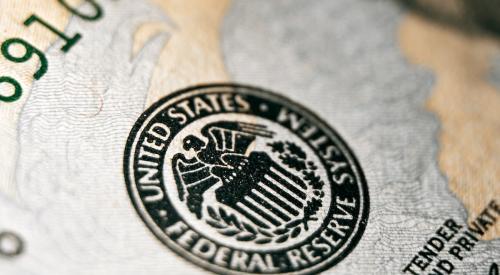The Federal Reserve announced on Wednesday its largest rate increase since 1994 as another wave of lockdowns in China and an intensifying war in Ukraine put upward pressure on inflation and created additional supply chain disruptions. The average 30-year fixed-rate mortgage rose 55 basis points from 5.23% to 5.78% during the week ending Thursday, June 16, and more rate hikes are expected in close succession, Forbes reports.
While costly for borrowers, higher interest rates could provide long-awaited relief for buyers who can still afford to purchase a home by thwarting demand and slowing home price growth over the coming months. However, as builders pull back on new construction projects to adjust to a dip in buyer demand, housing shortages will likely hurt low- and moderate-income families entirely priced out of home purchases.
[Lending Tree senior economist Jacob] Channel said it’s possible that the rate increase could be somewhat of an over correction on the part of lenders, and as a result, it may fall somewhat over the coming weeks as lenders adjust to the current high-inflation environment.
“With that said, mortgage rates have already risen considerably higher and faster than what most predicted they would at the start of the year – and, as evidenced by today’s latest figures, lenders have shown willingness to continue to raise rates even as home buyer demand falls,” he said. “Therefore, while we may see some ebbing and flowing of rates over the coming weeks and months, it’s possible that rates will still end up higher than they are today by year’s end.”













